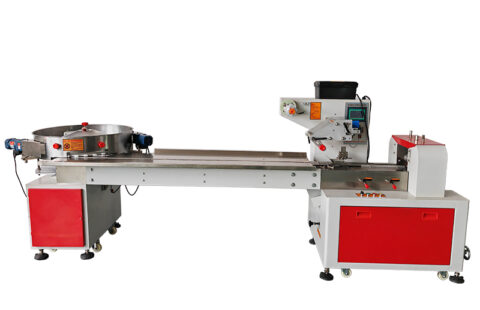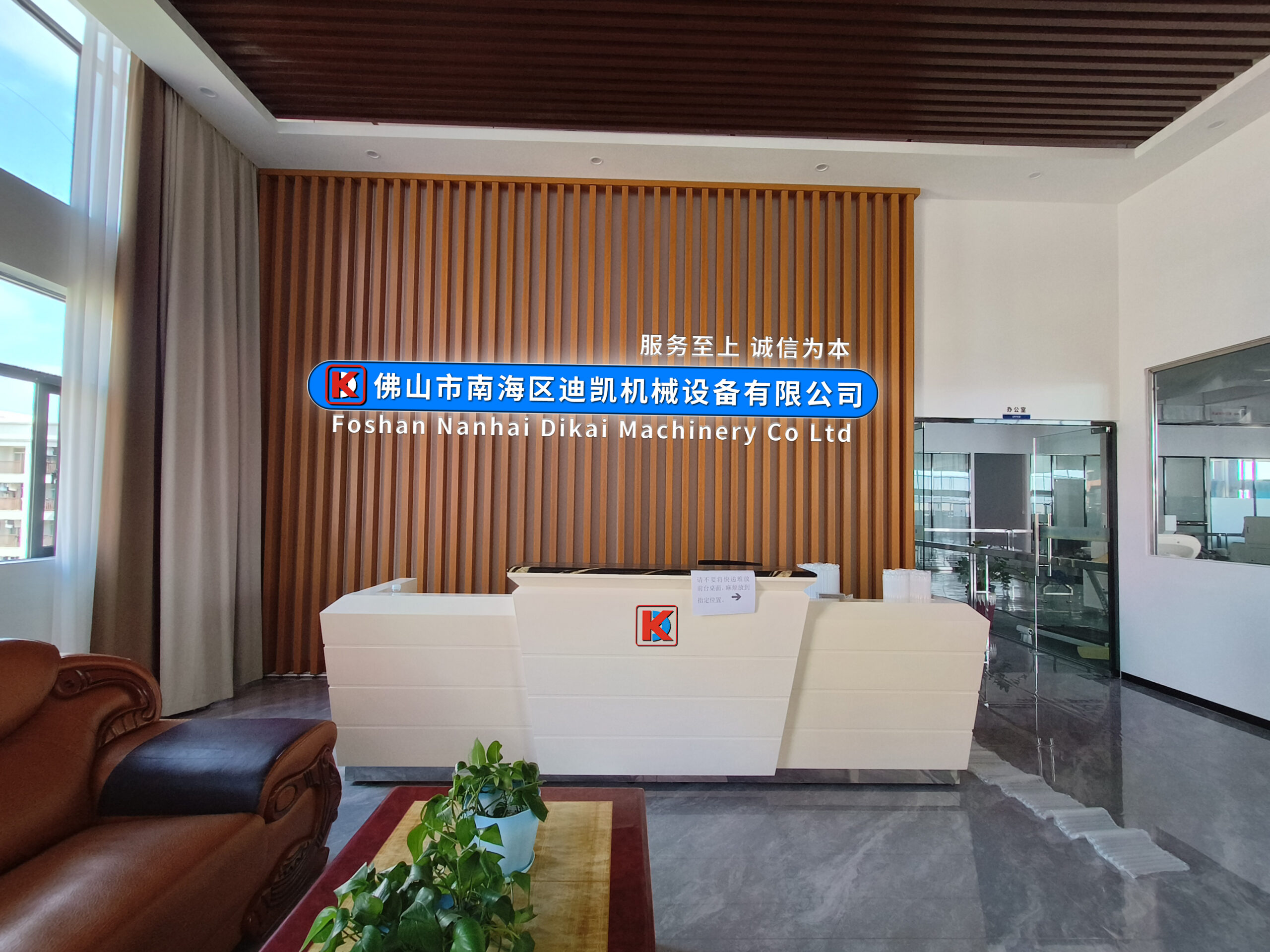
The Intelligent Packaging Revolution: The Evolution of Packaging Machinery in the Industry 4.0 Era
In an unmanned workshop at a food factory in Suzhou Industrial Park, robotic arms are packaging chocolate gift boxes at a speed of 3 items per second. The entire process—from precise filling to laser coding—is autonomously completed by intelligent packaging units. This highly automated scene reflects the profound transformation underway in the packaging machinery industry. From simple encapsulation in the steam era to intelligent packaging in the age of artificial intelligence, packaging machines have evolved into indispensable “industrial beauticians” within modern industrial systems.
I. The Evolutionary Map of Packaging Machinery
Before the Industrial Revolution, packaging relied entirely on manual craftsmanship. The 18th century saw the advent of semi-automatic filling machines in Britain, marking the dawn of mechanization. In the 1930s, U.S.-based Blue Ribbon Company developed the first fully automatic candy wrapper, achieving a breakthrough speed of 100 items per minute. When Japan’s Yuasa Machinery integrated programmable logic controllers (PLCs) into packaging lines in 1972, the industry officially entered the automation era.
Modern packaging machinery now encompasses six major technological systems: Germany’s Krones AG achieves a processing capacity of 80,000 bottles per hour with its high-speed sterile filling systems; Switzerland’s SIG employs intelligent vision inspection modules capable of detecting packaging flaws as small as 0.1mm; China’s Dasen Machinery enables flexible production lines that switch product specifications within 5 minutes. These technological advancements have boosted packaging efficiency by nearly 20-fold compared to two decades ago.
II. The Technological Core of Intelligent Packaging Machines
Industrial Internet of Things (IIoT) technology has endowed packaging machines with true “smart brains.” Shenyang Siasun’s intelligent packaging system connects devices via a Manufacturing Execution System (MES) platform, allowing automatic adjustments to packaging parameters based on order data. Zhejiang Zhongda’s vision-guided robots utilize deep learning algorithms to achieve positioning accuracy within ±0.05mm for irregularly shaped products. Guangdong Dardy’s modular design platform enables a single production line to handle product weights ranging from 50g to 5kg.
In green technology innovation, Germany’s Bosch has developed ultrasonic sealing technology that reduces energy consumption by 35%, while Jiangsu Jinyi, in collaboration with Dow Chemical, has created bio-based packaging film materials with over 90% natural degradation within six months. Such innovations have driven an annual 8.7% reduction in the packaging industry’s carbon emissions.
III. The Packaging Paradigm of Future Factories
Digital twin technology is revolutionizing packaging line design. Shanghai Fanuc’s virtual commissioning system slashes new equipment debugging time from three weeks to 72 hours. A 5G-edge computing framework enables millisecond-level coordination among packaging equipment at Shandong Weichai, boosting overall equipment effectiveness (OEE) to 92%. Breakthroughs in 3D printing allow Switzerland’s Tetra Pak to manufacture packaging molds on-site in real time.
Personalized packaging demands are spawning novel solutions. Italy’s Sacmi has introduced a nano-inkjet system for single-product customized pattern printing, while Japan’s Toshiba has developed smart packaging boxes equipped with embedded sensors to monitor product freshness in real time. These advancements are elevating packaging’s value proposition—from mere product protection to value-added brand services.
At the forefront of the Fourth Industrial Revolution, packaging machinery is transitioning from functional equipment to intelligent nodes. As cutting-edge technologies like digital twins, artificial intelligence, and flexible materials become deeply integrated, future packaging machines will transcend their role as mere production tools. They will emerge as intelligent terminals bridging the physical and digital worlds. This silent technological revolution is redefining the quality standards and value propositions of “Made in China.”




